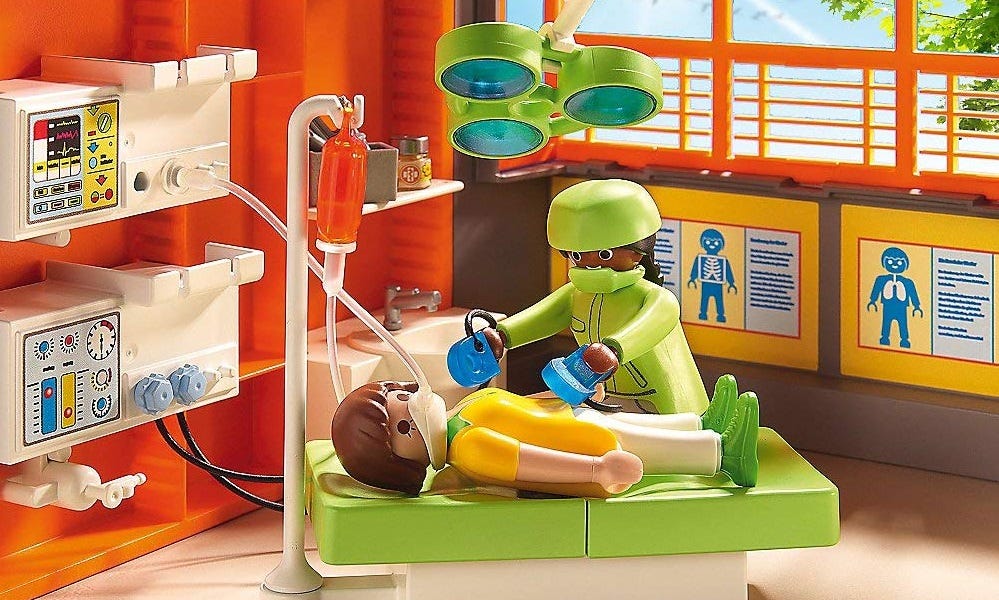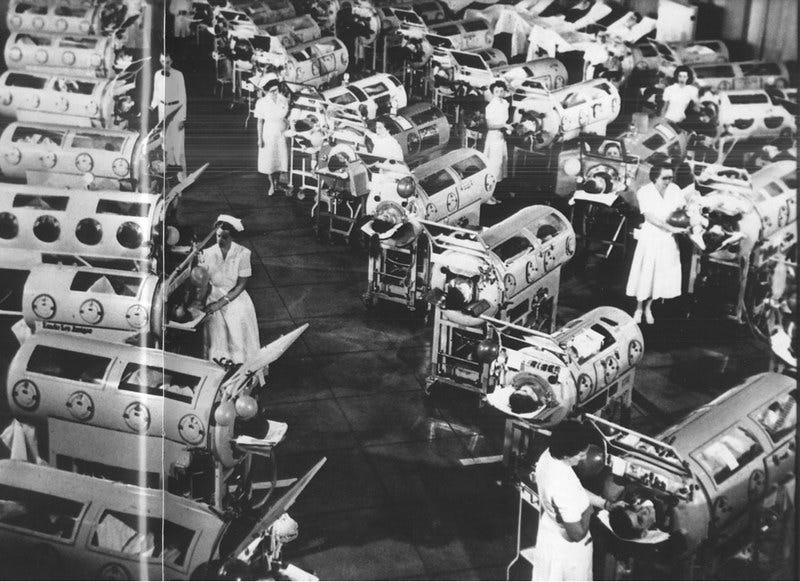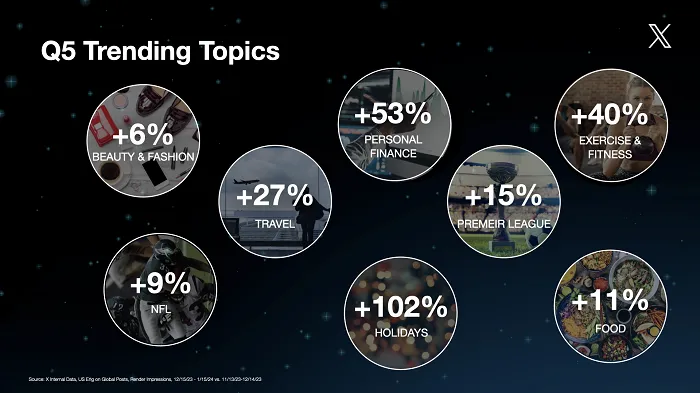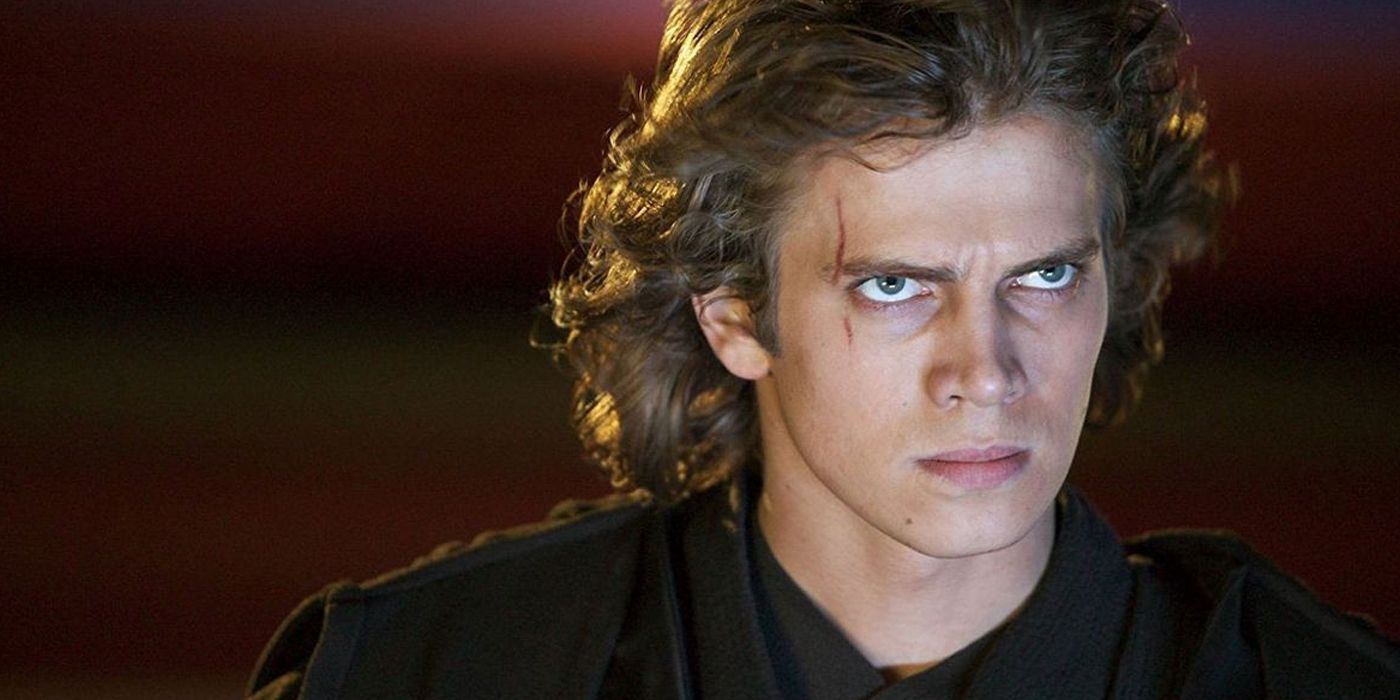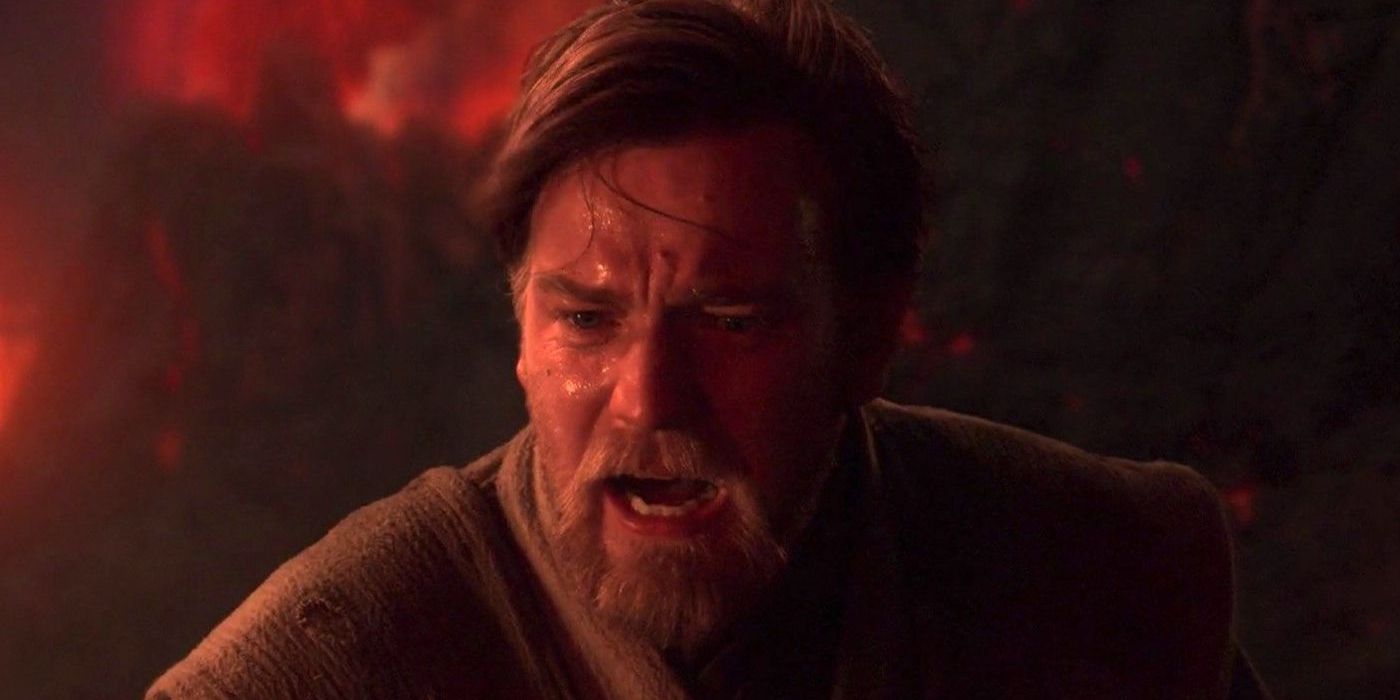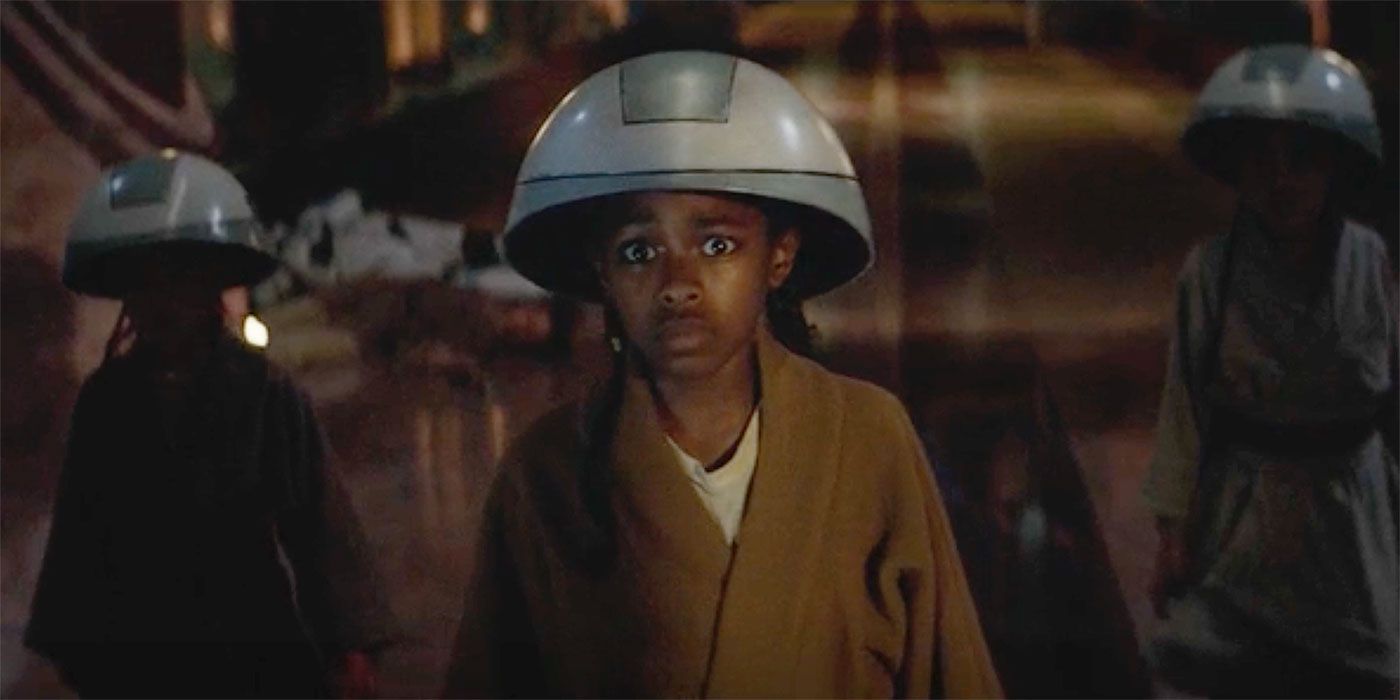Editor’s Note: The following contains Obi-Wan Kenobi spoilers.Prequels, more often than not, tend to get a bad rap when it comes to long-running film franchises. Sometimes they answer questions about characters no one was asking. Other times, they provide answers about a character or a key element in the franchise, and that answer is utterly unsatisfying. And more often than not, they tend to be anti-climatic because viewers already know the fate of the characters involved. The Star Wars franchise has managed to subvert this with its latest Disney+ miniseries Obi-Wan Kenobi, which not only manages to tell an interesting story but adds more depth to Ewan McGregor‘s Jedi Master as well as the events of the Star Wars prequel trilogy, particularly its final installment Star Wars: Revenge of the Sith.
Revenge of the Sith ends on a rather bleak note: Anakin Skywalker (Hayden Christensen) has fallen to the dark side and become Darth Vader. Emperor Palpatine (Ian McDiarmid) has managed to transform the Galactic Republic into the Galactic Empire. And the last remaining Jedi, Obi-Wan and Yoda, have scattered to the distant parts of the galaxy. Kenobi picks up ten years after Revenge of the Sith, and spends most of its time exploring how the film’s events affected Obi-Wan and the entire galaxy. Obi-Wan is shown to be carrying a deep guilt over his percieved failure to stop Anakin’s transformation into Vader; that guilt starts to manifest as nightmares. He doesn’t even ignite his lightsaber until the third episode, and even then he is brutally battered by Vader. It isn’t until their rematch in the final episode that Obi-Wan is able to fully reconnect with the Force, and fulfills the Jedi code of letting go of attachments – in this case, his attachment to the past via his guilt.
In fact, the entire series is focused on how Obi-Wan slowly reclaims his connection to the Force, as well as the teachings of the Jedi. When the series starts, he’s attempting to hide out on Tatooine, eking out a meager existence as a butcher and attempting to leave his Jedi ways behind him. Fate appears in the form of Bail Organa (Jimmy Smits), who asks Obi-Wan for help finding his adoptive daughter Leia (Vivien Lyra Blair), who’s been kidnapped by bounty hunters. Not only is this a rather inventive way to jump-start the plot – after all, six episodes of Obi-Wan being stuck on Tatooine wouldn’t be too terribly exciting, and plenty of Star Wars projects have spent enough time on the desert planet – but it also adds a new layer to certain scenes in the Skywalker saga. Over the course of the series, Leia and Obi-Wan form a close bond, and he even tells her about her parents in the finale. Viewers will see why Leia sends a message to Ben Kenobi in Star Wars: A New Hope and even names her son after the Jedi master who saved her life.
Another major element from Revenge of the Sith is the presence of the Empire. Obi-Wan and Leia up traveling to the mining planet of Mapuzo, where the Empire has set up an outpost. Stormtroopers are stationed at check points, and often interrogate visitors about their purpose on the planet. And even worse, some of Mapuzo’s residents actually view the Empire as a benevolent presence, with a citizen ratting out Obi-Wan to the stormtroopers. The Inquisitors – Vader’s personal squadron of Jedi hunters – are also an omnipresent threat, having enough free reign to interrogate locals about the whereabouts of any Jedi. It lends a sense of urgency and danger to the series that makes things exciting. That’s especially true of the fourth episode, which features Obi-Wan storming the Fortress Inquisitoris to rescue a captive Leia.
Finally, the new characters that the series introduces are genuinely interesting, and help drive the plot forward. Haja Estree (Kumail Nanjiani) perfectly fits the “criminal with a heart of gold” archetype that Han Solo helped personify, while Tala (Indira Varma) and Roken (O’Shea Jackson Jr.) are Rebels in all but name as they attempt to smuggle Jedi and other refugees away from the watchful eyes of the Empire. This is a marked contrast to Solo: A Star Wars Story, as its new characters didn’t leave a lasting impression, save for the droid L3-37 (Phoebe Bridge-Waller) and Han’s long-lost love Qi’ra (Emilia Clarke). In fact, when Kenobi ended I wanted to see more of what happened to Roken, Haja, and their fellow insurgents.
But where the series really excels is its antagonists, especially the Third Sister. Reva Savander (Moses Ingram) was once a Padawan at the Jedi Temple, and after witnessing Vader slaughter her fellow students during Order 66 she infiltrated the Inquisitors to get revenge on the Dark Lord of the Sith. Reva not only serves as a mirror to Darth Vader, but she also reflects other prequel villains including Darth Maul and Asajj Ventress as she was used by Vader and then cast aside. And much like Ventress, she’s left in a position to take a new path at the series’ end; though whether she’ll appear in another Star Wars project is up in the air.
Vader also gains some depth in the series, especially the finale. When Obi-Wan deals him a major blow, half of his helmet is destroyed – revealing the scarred and burnt visage of Anakin Skywalker. And when his former master apologizes for his percieved failure, Vader has a simple response: “I am not your failure, Obi-Wan.” This is the first time Vader is shown to fully accept that his actions, and his alone, are what drove him to the dark side instead of the Jedi. And when Vader says that Anakin is fully dead, Obi-Wan bids him farewell, referring to him as “Darth”. It only adds a new layer to their confrontation in A New Hope, as both men have grown since their encounter. When all is said and done, Obi-Wan Kenobi is a perfect example of how to construct a prequel. Hopefully, the upcoming Andor series follows in its footsteps – especially since it shares a fan-favorite protagonist in Diego Luna‘s Cassian Andor and is set around the same time period.










